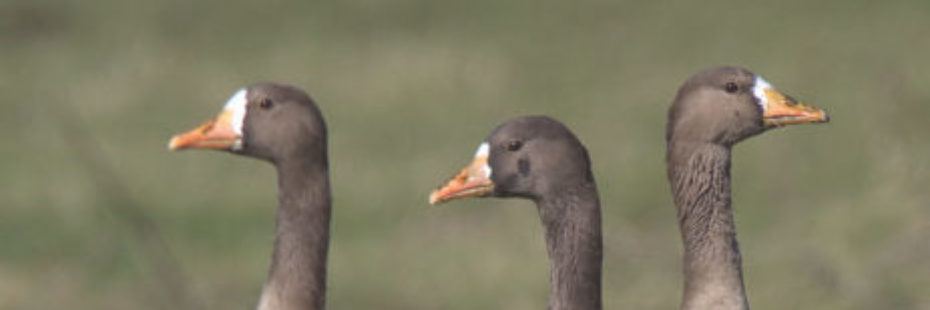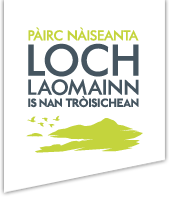
RSPB Loch Lomond winter nature spectacles
Our friends at RSPB Loch Lomond have put together this selection of winter wildlife highlights to spot while you’re out and about enjoying the National Park this winter.
The RSPB nature reserve at Loch Lomond has breathtaking views and a stunning mix of habitats, making it a diverse place for wildlife. The woodlands, wetlands, and grasslands provide food and shelter for a range of creatures. Each season brings its own nature spectacle and the opportunity to experience something new.
Winter is the perfect time to visit the Airey Woodland Trail and watch for flocks of long-tailed tits calling from tree to tree or visiting fieldfares and redwings making the most of the berries.
If you walk along the Viewpoint Trail and look out across the grasslands and wetlands towards the loch shore, there are plenty of wintering waders and wildfowl to be found, including whooper swans, wigeon, and woodcock.
The greatest winter scenes are the skeins of wintering geese who make RSPB Loch Lomond home every year. In particular, the reserve and surrounding farmland host 1-2% of the global wintering population of Greenland white-fronted geese, a species protected by the site’s designation as a Special Protection Area (SPA.)
With site management focused on improving habitat for the geese, you will also be able to spot pink-footed geese and greylag geese. If you take a walk along the Shore Path trail as the sun rises over Conic Hill and snow-capped Ben Lomond beyond, you can watch as the geese take off from their warm loch side roosts on route to their daily feeding grounds, an experience well worth the early start.
Some of the key species you can spot this winter are detailed below:

Greenland white-fronted geese. Credit Ian Fulton
Greenland white-fronted goose
The white-fronted goose is a grey goose, bigger than a mallard and smaller than a mute swan. Adults have a large white patch at the front of the head around the beak and bold black bars on the belly. The legs are orange. Geese that breed in Greenland visit RSPB Loch Lomond and they are identifiable from their orange bills. They are flighty birds, easily disturbed, so if spotted they are best viewed from a distance.
Whooper Swan
The whooper swan is a large white swan. It has a long thin neck, which it usually holds perfectly upright, unlike the S-shaped neck of a mute swan. They have black legs, and their black bill is a distinctive wedge shape with a large triangular patch of yellow on it, quite different to the orange bill of the more familiar year-round resident mute swans.
Redwing
The redwing is most encountered as a winter bird and is the UK’s smallest true thrush. Its creamy strip above the eye and orange-red flank patches makes it distinctive. They roam across the UK’s countryside, feeding in fields and hedgerows, rarely visiting gardens, except in the coldest weather when snow covers the fields. Only a few pairs nest in the UK. They are protected by the The Wildlife and Countryside Act, it being an offence to intentionally or recklessly disturb them. They can often be seen in flocks with Fieldfares at RSPB Loch Lomond in the winter.
Fieldfares
Fieldfares are large, colourful thrushes that stand very upright and move forward with purposeful hops. They are very social birds, spending the winter in flocks of anything from a dozen to hundreds strong. These straggling, chuckling flocks which roam the UK’s countryside are a delightful and attractive part of the winter scene.
It isn’t just birds that call this place home, we are one of five sites across Scotland that host a Red Squirrel Ramble (a digitally curated walking route with interactive squirrel information) for Saving Scotland’s Red Squirrels. For those in search of some of our more elusive wildlife, there are also sightings of pine marten and otters across the reserve.
With accessible trails, stunning scenery and abundant wildlife, RSPB Loch Lomond is a fantastic place to enjoy a wintry walk. Our car park closes at 5pm throughout the winter. (Twitter @RSPBLochLomond)

